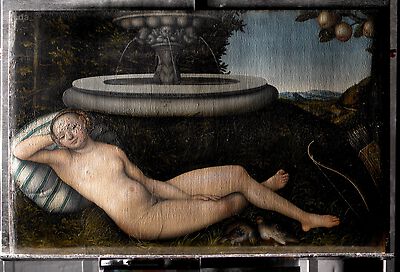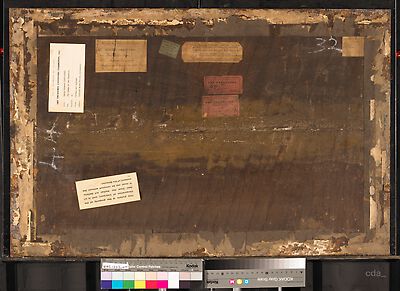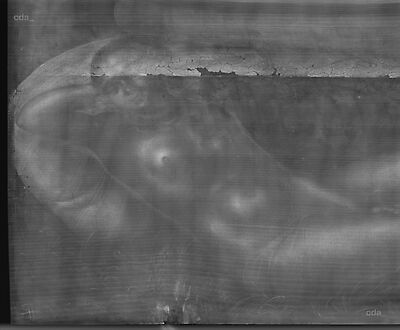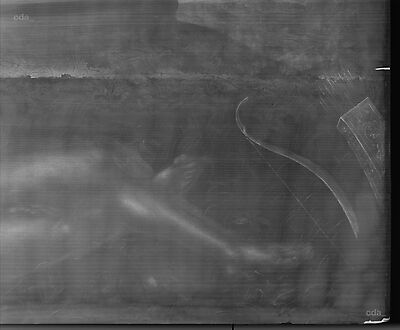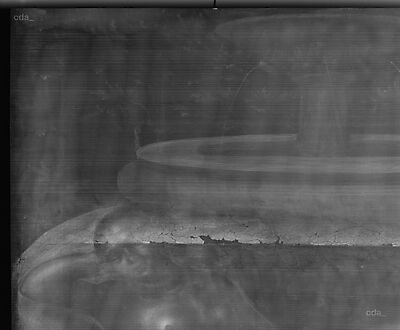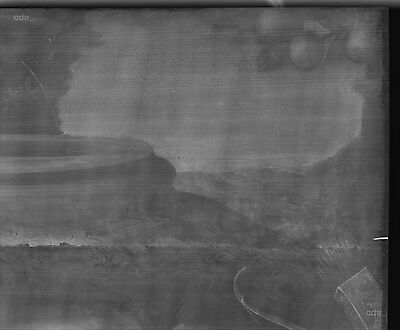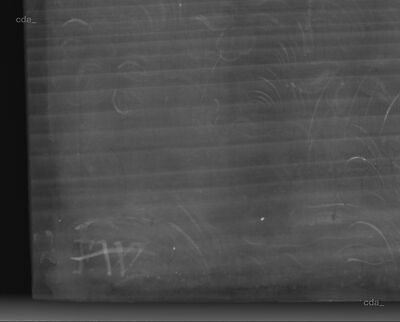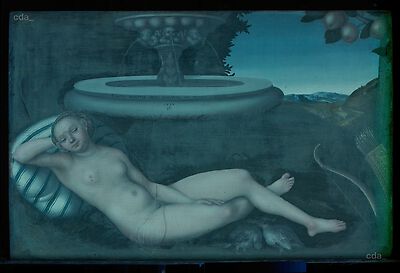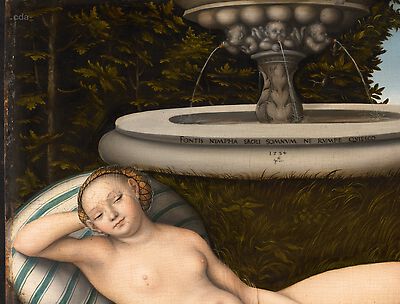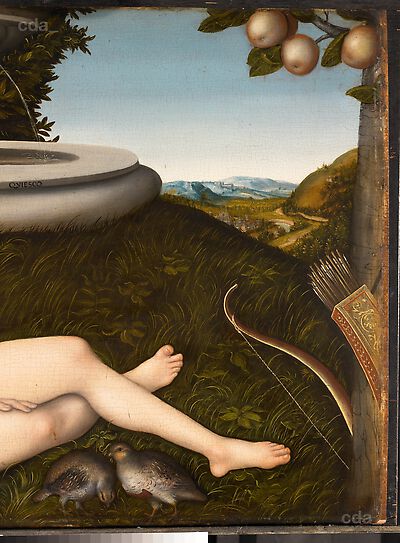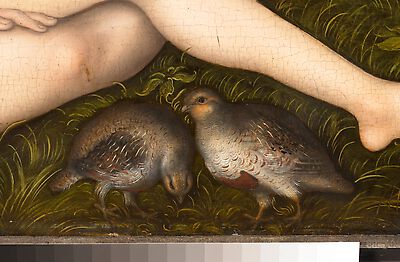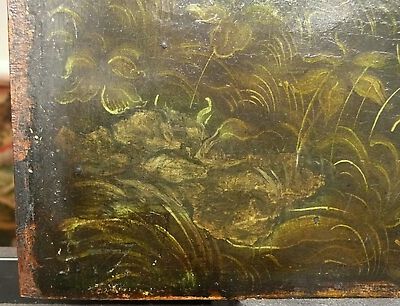- Attribution
- Lucas Cranach the Elder
Attribution
| Lucas Cranach the Elder | [Walker Art Gallery, revised 2016] |
- Production date
- 1534
Production date
| 1534 | [dated] |
- Dimensions
- Dimensions of support:51.3 x 76.8 cm
Dimensions
Dimensions of support:51.3 x 76.8 cm
[Walker Art Gallery, revised 2016]
- Signature / Dating
Artist's insignia on the fountain: winged serpent and dated '1534'; in black paint
Signature / Dating
Artist's insignia on the fountain: winged serpent and dated '1534'; in black paint
- Owner
- Walker Art Gallery, Liverpool
- Repository
- Walker Art Gallery, Liverpool
- Location
- Liverpool
- CDA ID
- UK_WAG_1223
- FR (1978) Nr.
- FR259
- Persistent Link
- https://lucascranach.org/en/UK_WAG_1223/


